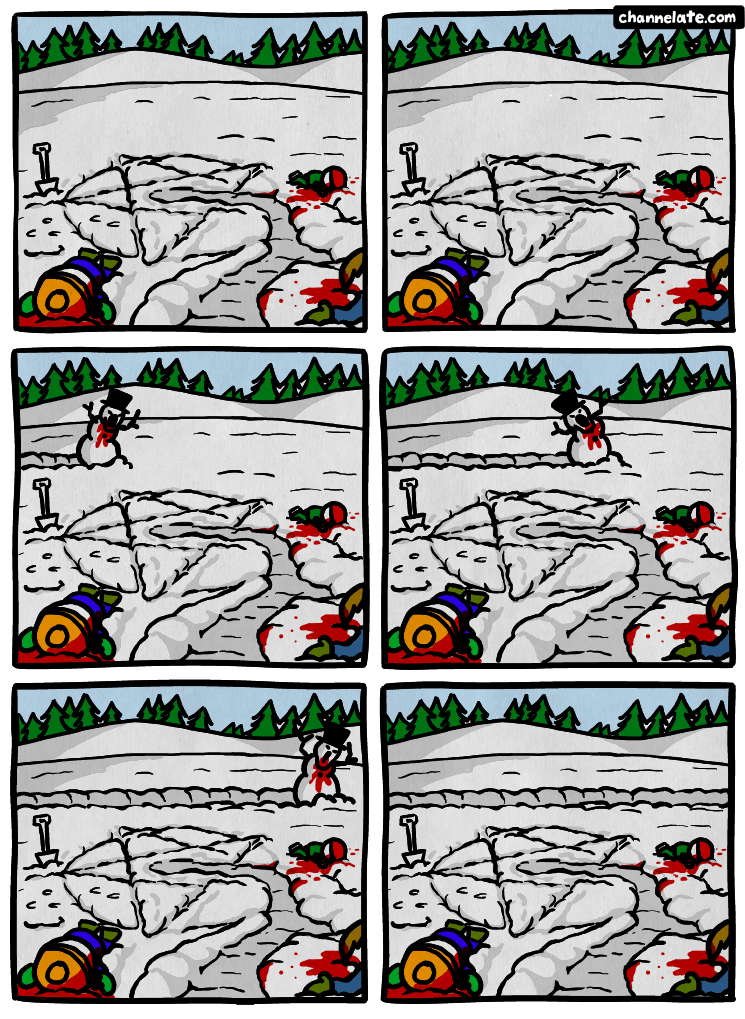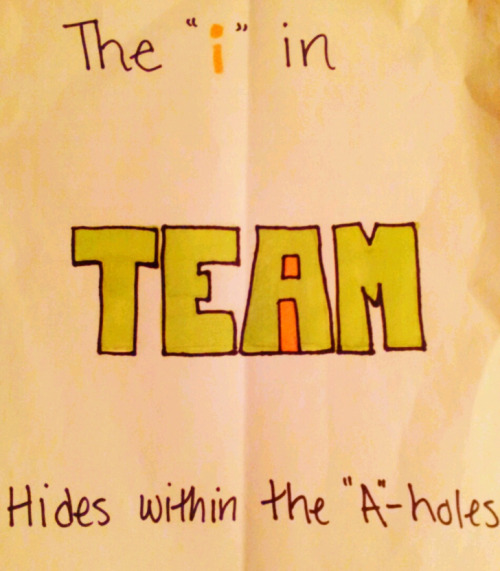Looking approximately NW from one viewing platform to another viewing platform in the Oregon Dunes. I don't want to try to guesstimate the elevation here, but from the ocean in the distance, you can see we're up at least a few hundred feet. The
Wikipedia article says these dunes can get up to 150 meters (~500) feet in height.
What with the heavy coastal rain (The coast gets substantially more than we do here in the valley; we get about 40-45 inches/year, the coast gets 60-80) and temperate climate- rarely below freezing- plants desperately want to colonize these surfaces. However, summers are dry, and there are only a few species that can get roots down deep enough into open sand in a few wet months to tap sufficient moisture during the dry season. A second, more complicated, barrier to colonization is that the sand is dominated by quartz. Typical soils have lots of clay, and clay is the result of weathering of (in particular) feldspar.
Clays are complicated, but very important. In geology, the term has two very distinct meanings: a particle size and a mineral group. In the first sense, it means
a particle size of less than 1/256th mm- way tiny. In the mineralogical sense... well, it's complicated.
Clays are platy minerals, phyllosilicates, like micas. So they split easily into very thin sheets. Here's the important part with respect to this discussion: first, their inclination to split into sheets means they have stupendous surface area. Second, their composition gives them areas of weak positive and negative ionic charges distributed across those surfaces. This means they bind weakly to all sorts of anions and cations, and can capture them as they're transported by water moving through the soil. That may not seem like a big deal, but here's a partial list of things that clays will glom onto: ammonium, nitrate, potassium, phosphorus salts, and magnesium, among others. That list should ring a bell: it's the major set of soil nutrients needed by plants.
In short, clays allow soils to hold onto nutrients that plants need to grow and thrive, rather than just being carried away by seeping groundwater. Quartz and feldspar don't do that.
Incidentally, the term "clay" is often used loosely, because the things we call by that name tend to be both at the same time: clay minerals are most often clay-sized particles.
Now there is some feldspar in the sand, which is undoubtedly weathering to clays. The problem, in this eolian environment, is that when the wind is strong enough to blow the sand around, it's strong enough to remove clay from the area entirely. While sand bounces and rolls, "saltates," in the jargon, clay just goes airborne, and is probably deposited inland somewhere, or is washed out by rain.
What we're seeing, in the picture above, is an area that has been stabilized long enough that the clays have had a chance to develop without being removed, vegetation of one form and another has grown there long enough that the clays have captured a rich store of plant nutrients. This, in turn, has allowed a mature Douglas fir forest to be established and thrive. If we were to turn and look south from here (see
this photo, from
this post), we'd be looking over an area of open sand, moving and migrating through the years, and other swaths of forest in the distance.
This patch of forest is almost certainly doomed over a period of decades to centuries, but that's not really a bad or sad thing. Other areas will stabilize, and the process will repeat. While on one hand, geologists cherish life just as much as anyone else, on the other, I think we're more accepting of the idea that, in the long term, we're all dead. Oregon Dunes is simply an environment where "the long term" is shorter than many other places.
And one of the smallest and least obvious components of that environment, clay, is the thing that allows it to happen.
Photo unmodified. March 8, 2012.
FlashEarth Location, cross hairs on the viewing platform on which I was standing when I shot this photo, if you care to zoom in a bit.
Followup- meant to add that clays also cling to water, which means plants that can't colonize open sand, because they desiccate during the dry season, have at least some, if meager, water available year-round.







































